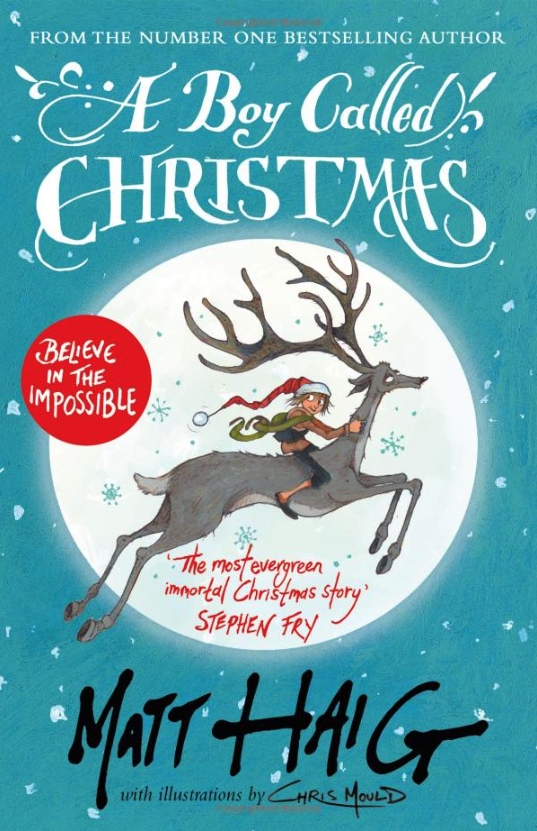Here are some suggested activities to go with this book.
Before starting the book, show the children the front cover. Do they like the look of it? If they haven’t seen it/read it, what do they think it will be about? Who illustrated the book? Who is the author? Have they heard of him or read any of his other books? [Other Matt Haig books include: The Humans; The Runaway Troll; The Girl Who Saved Christmas; Shadow Forest; To be a Cat; The Christmas Eve Tree; Echo Boy; The Radleys; Father Christmas and Me.]
- Give each child a notebook and ask them to keep a reading diary, writing a couple of sentences about what happened in the latest instalment and, if appropriate, drawing a picture to go with it.
- Research names for Father Christmas in different parts of the world.
- Nikolas thinks everybody lives in Finland! Locate Finland on a map of the world and find out some interesting facts about the country. Do bears really live there?
- Concentrate on the character of Aunt Carlotta. How does the author make her so nasty? What language is used? Consider other well-known nasty characters in literature. Get the children to think of some – e.g. The Twits, Voldemort, the sisters in Cinderella, the Queen in Snow White.
- Replicate the ‘Drop Cap’ lettering at the start of each chapter with children’s own examples. Why do you think the author uses them? [Visually interesting, grabs readers attention] Look at other intricate and colourful examples.
- Make ‘Cloudberry Wine’. Think about what ingredients you might use and their proportions. Write a recipe and instructions.
- Ask children to pick out some of their favourite sentences or descriptions and talk about them. For example, (p.32) ‘Joel took a deep breath, as if the next sentence was something he had to swim through. “I’ve been offered a job,” he said.’
- The name of the closest town is to Nikolas has 18 letters. Are there any places in the UK with as many?
- Note that each chapter is given a title. My favourite is ‘A Very Short Chapter with a Long Title in which Not Very Much Happens’. Consider why the author names them. Do children know of other books where this is the case?
- On page 101 is a picture of a front cover of the Elf newspaper ‘The Daily Snow’. Make new covers, writing a headline and a suitable article.
- The Elves like ‘spickle dancing’. Ask willing children to demonstrate what it might look like, perhaps to a suitable Christmas song!
- The ‘Truth Pixie’ is introduced on page 130. Telling the truth is generally considered to be a very good thing, but consider the implications of not being able to lie.
- ‘The Elf Boy’ chapter (p. 173) is when Nikolas finds the truth about what his father has done. Think about the arguments for and against his actions. Choose children to role play Joel and Nikolas to explain and expand upon those arguments.
- Make cards or pictures using the idea of a reindeer silhouetted by the moon (page 188).
- On page 212 and page 241 the traditions of how stockings came to be used for presents and how crackers were invented are ‘explained’ Consider other Christmas traditions (such as eating oranges or putting a coin in a Christmas pudding etc.) and find out how they started. What traditions do the children follow?
- Write lists of ‘How to be Jolly Even When Times are Bad’ like the one on page 236.
With thanks to Beverley Smalley for writing this blog. Beverley is an education specialist, writer and former primary school teacher.



